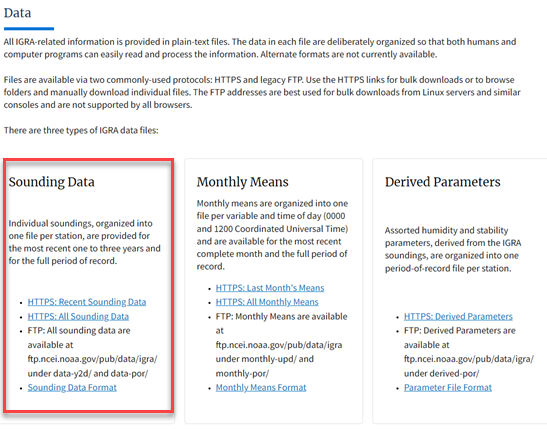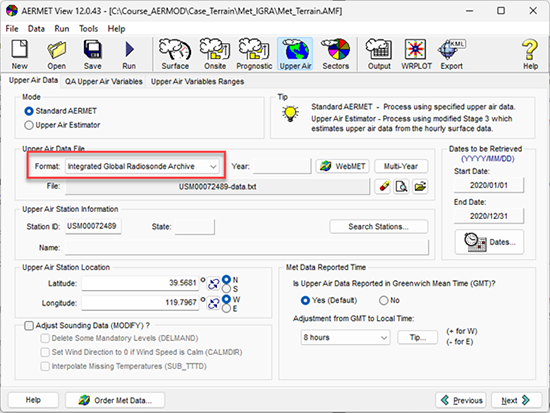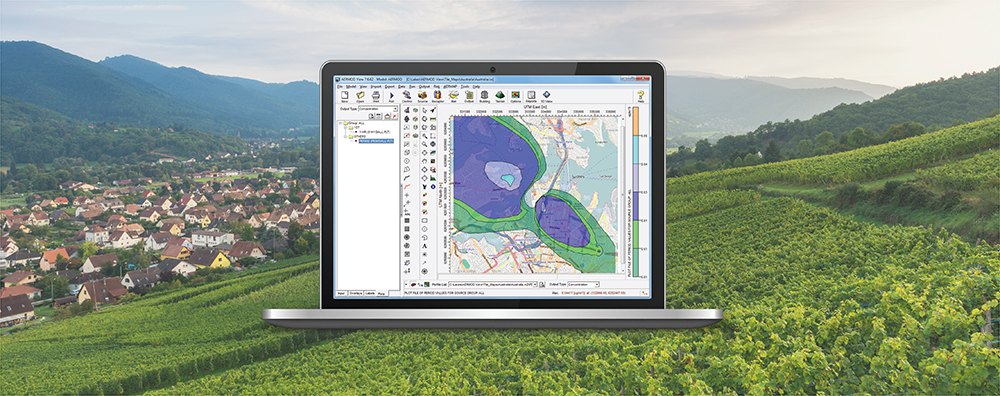Late on the evening of September 26, 2024, Hurricane Helene made landfall in Florida’s Big Bend region. A Category 4 storm at the time, the storm caused significant extensive impacts to the southeastern United States with significant impacts in western North Carolina. The National Oceanic and Atmospheric Administration’s (NOAA) National Centers for Environmental Information (NCEI) headquartered in Asheville, NC faced power outages and loss of network connectivity for a period of several weeks following the storms dissipation.
Most data services were restored by mid-October with updates provided on the NCEI website. During the outage, many air dispersion modelers were unable to conduct necessary meteorological data processing because the input data served by NCEI was offline and unavailable elsewhere.
Coupled with NCEI’s outage was the loss of a long-time data resource – NOAA’s Forecast Systems Laboratory (FSL) radiosonde database. Previously housed at https://ruc.noaa.gov/raobs/, the FSL database provided easy access to a long historical record of global radiosonde observations. FSL data has long been used in many meteorological pre-processors such as AERMET and CALMET.
During the U.S. EPA’s effort to recode the AERMET model from scratch (released in 2022 as version 22112), a new format of upper air data was added to the model – NCEI’s Integrated Global Radiosonde Archive (IGRA). The inclusion was fortuitous because the loss of the FSL archive would have left modelers with few alternate options. Read on for further information about IGRA and its use for air quality modeling.
Where can I find IGRA data?

Sounding Data Section of the IGRA Webpage
How do I locate data for a specific station?
The IGRA database contains a documentation folder detailing information about the data. Within this folder, you will find a station list document which details station ID numbers, names, geographic coordinates, and periods of record. Use that list to identify the station ID of interest. Files are named by the station ID number.
Does Lakes Software’s AERMET View accept IGRA data?
Yes! Any version of AERMET View that features the AERMET models dated 22112 or 23132 can read IGRA data. Go to the Upper Air data section of AERMET View, select IGRA from the Format drop-down menu, and insert the downloaded data file as usual.



